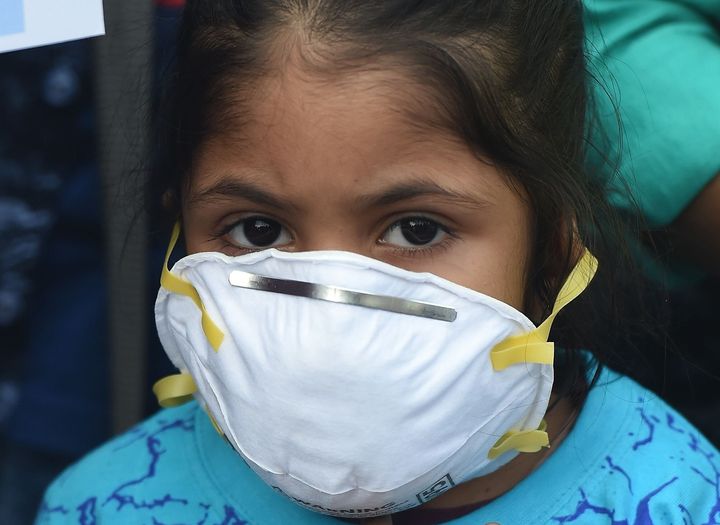
It’s just the beginning of September, winter is far away, and yet Wednesday saw a smog covered morning in Delhi.
Delhi’s air pollution problem comes under the spotlight each year right before Diwali. Even though we cannot see it all year round, Delhi’s air quality is toxic for the most part of the year.
The smog usually starts to become visible before the onset of winter and the air quality goes to many levels of unbreathable in the months that follow.
For the latest news and more, follow HuffPost India on Twitter, Facebook, and subscribe to our newsletter.
But looks like this year, the “visible” smog has arrived early. On Wednesday morning at 10:00 am, the air quality index was at 280 at Wazirpur. This falls under the “very unhealthy” category, just a step below the “hazardous” category.
It was in the “unhealthy” category across most other areas in Delhi.

According to global standards, the air quality is considered “good” between the range of 0-50, “moderate” between the range of 51-100, “unhealthy” between 151-200, “very unhealthy” between 201-300 and “hazardous” between 301-500. Delhi’s air quality index reaches 999 every year, usually after Diwali.
This year the city has seen a rare spell of “good” air quality days thanks to the intermittent rains in August.
Only two weeks later the air quality has gone to a category that causes serious health risks for all citizens, especially for sensitive groups like children and senior citizens.
This comes after the Centre for Science and Environment analysed the annual air quality data recorded by the Central Pollution Control Board and found that Delhi needed to cut air pollution by 65% to meet air quality standards.
And while authorities have always held weather conditions and crop burning as major contributors to Delhi’s toxic air, the AQI on Wednesday was a step away from “hazardous” even in the absence of these conditions.
Last year, the Graded Action Response Plan (GRAP) was put into action for the second year in a row. Construction activities were stopped, trucks were prohibited from entering the city, among other measures. However, activists had warned that these were not comprehensive measures.
“Air pollution is not a winter problem anymore. There is no reason for GRAP to come to place for two days when the air quality is really poor through the year,” Navdha Malhotra, senior campaigner at Help Delhi Breathe, had said.
Sunil Dahiya of Greenpeace had called GRAP’s measures as mostly knee-jerk, and that “the air is nowhere near breathable quality”.
Almost a year later, yet another season of unbreathable air is approaching, and it seems to have arrived a few months early.